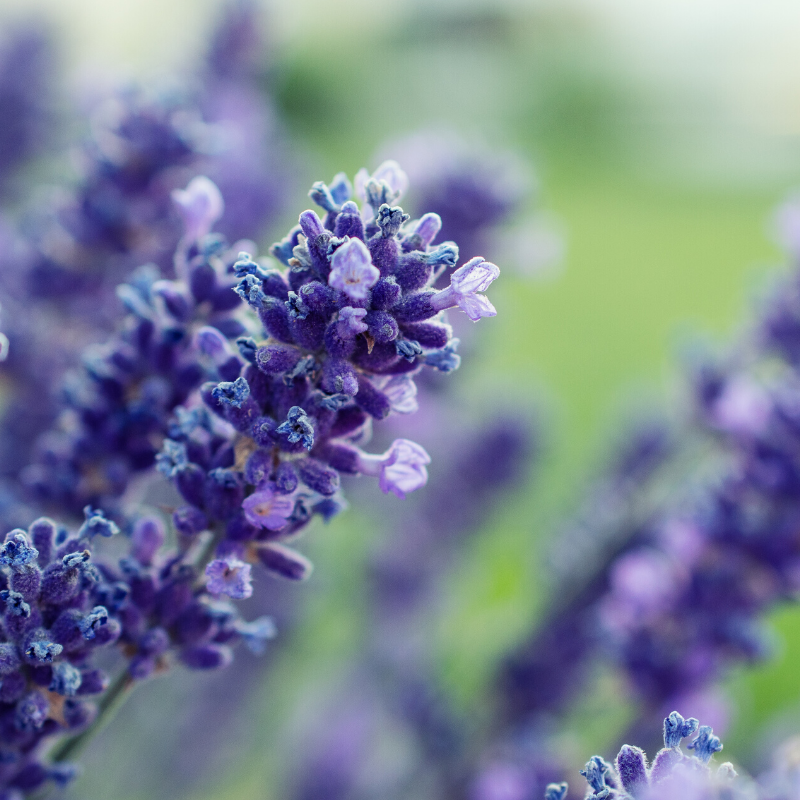The “Lavender Lifestyle” is real! Everywhere you look, people are incorporating this multifaceted plant into their daily lives: It’s seen in gardens, as well as in kitchens and décor. It’s even a special part of health and wellness routines. The texture, scent, attractiveness, and overall usability of lavender make it one of the most versatile plants you can grow.
Lavender Types
Lavender is a member of the mint family (Lamiaceae) and is found in many regions around the world, especially temperate climates. The most common types are English lavender (L. angustifolia) and Spanish or French lavender (L. stoechas or L. dentata).


